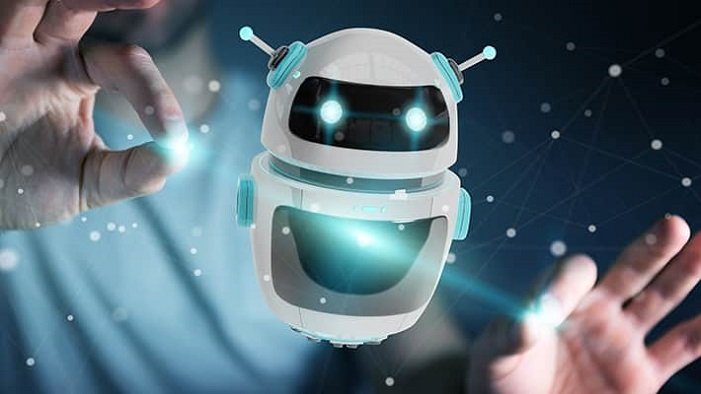The Role of Bots in Today’s Digital Ecosystem
Digital life hums with the activity of bots – automated scripts powered by algorithms that perform various functions from mundane to complex. Bots are silent cogs in the vast machine that is the internet, driving efficiency and innovation by handling tasks faster and more efficiently than humans can manage. They make digital life more navigable by powering search engine results, populating social media feeds with targeted content, and performing transactional duties on e-commerce sites, among other essential functions that make their use seamless and unobtrusive. At the core of all this digital convenience lies a crucial truth: bots play an invaluable role in managing the constantly increasing volumes of data created every second, which has become even more critical as businesses seek ways to interpret and utilize this information in real-time. Exploring comprehensive BOT resources can provide greater insight into their functions and capabilities in our digital ecosystem – the more we understand their roles, boundaries, and operations, the better integrated they’ll become into digital strategies, leading to enhanced efficiency and innovation across various industries.
The Evolution of Bots and Their Application Across Industries
The roots of bot technology stretch back to simple automated tasks, but their evolution has been transformative. They now form the backbone of complex systems harnessing artificial intelligence (AI) and machine learning, enabling them to surpass their initial programming to perform increasingly sophisticated functions. This evolution has opened new horizons across industries, from finance, where bots reconcile billions of transactions daily, to healthcare, where they triage patient inquiries and support diagnostic systems. Bots have climbed from tools to sophisticated agents that enhance and even replicate human interaction and decision-making.
Sectors from retail to energy are reaping the benefits of bots. Bots personalize the shopping experience in retail by analyzing customer behavior and preferences. In energy, they predict consumption patterns and help optimize grid management. The efficiency and accuracy bots allow industries to leapfrog in productivity and service quality, setting new standards and expectations for business operations and consumer interactions.
As technology advances, bots will likely play an even more significant role in shaping the future of various industries. Their ability to automate tasks, analyze vast amounts of data, and adapt to changing circumstances positions them as invaluable assets in the digital age. Embracing and leveraging bot technology can increase efficiency, innovation, and competitiveness for businesses across diverse sectors.
Distinguishing Helpful Bots from Malicious Ones
Just as bots are designed to streamline operations and support positive user experiences, others are constructed with hostile intent. These nefarious bots can underpin cyberattacks, siphoning sensitive data or clogging networks with spam. The rise of such bots highlights an ongoing arms race in cyberspace, where developers seek to construct more advanced security systems, and malicious actors aim to circumvent them.
Understanding bots’ intent, source, and behavior is fundamental to cybersecurity. Distinguishing beneficial automation from harmful threats is critical to managing digital risks. Businesses and individuals must be vigilant, educating themselves on the signs of malignant bot activity and investing in robust defensive infrastructures to safeguard against these digital threats. This creates a challenging but necessary balance between embracing the benefits of bot innovation and securing cyberspace. As technology evolves, staying ahead of emerging threats and adapting defensive strategies will remain essential in the ongoing battle against cyber threats.
How Bots are Reshaping Customer Interaction
Bots have had an unprecedented transformative effect on customer service, particularly with the advent of sophisticated chatbots powered by machine learning. These chatbots mimic human conversations, from basic inquiries to complex problem-solving scenarios. Their introduction in customer service encounters has provided more than instant, round-the-clock support. However, it has also freed human capital for more complex tasks requiring empathy and emotional intelligence, areas where bots still struggle to match human capability.
Bot-assisted interactions raise profound questions about human touch in an age of digitalization. Companies must carefully integrate these technologies, ensuring that while bots handle significant interactions, they maintain the relatability and personal connections customers expect. This delicate balance between harnessing their agility while offering genuine human interactions is changing business models and consumer expectations, driving innovation, and reshaping the customer experience landscape. As businesses navigate this evolution, prioritizing technological advancement and human connection will be vital to maintaining customer satisfaction and loyalty in an increasingly digital world.

